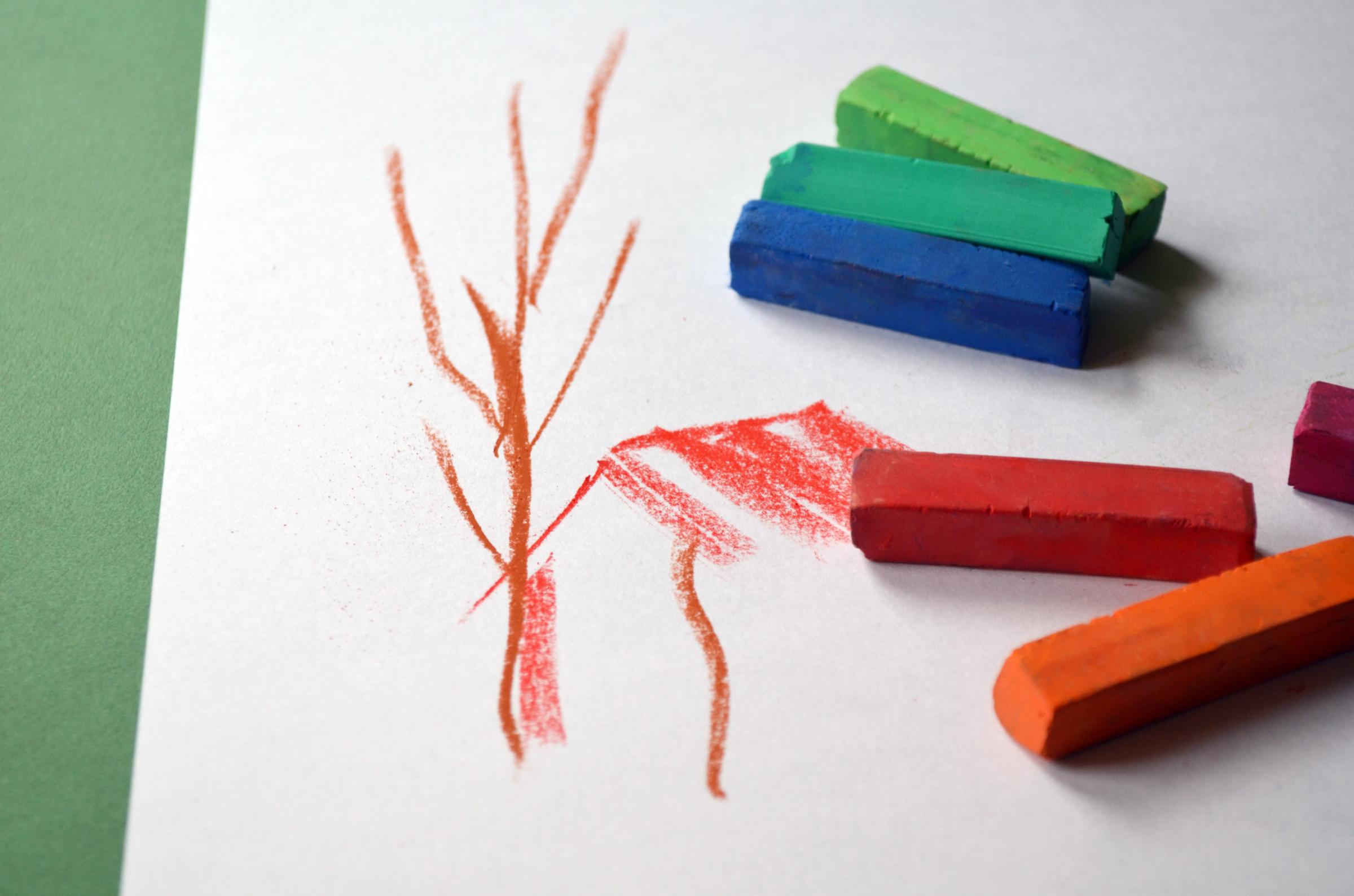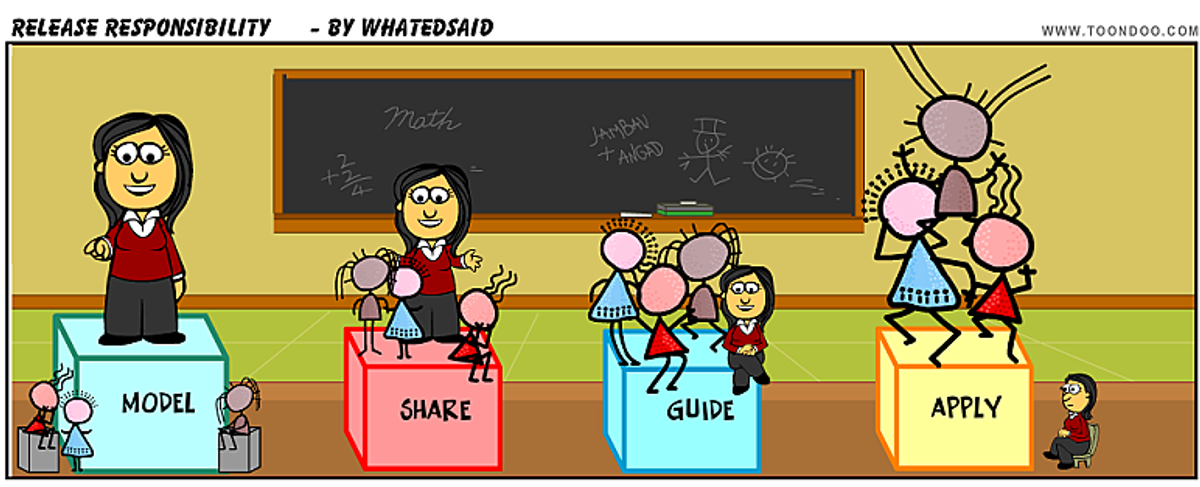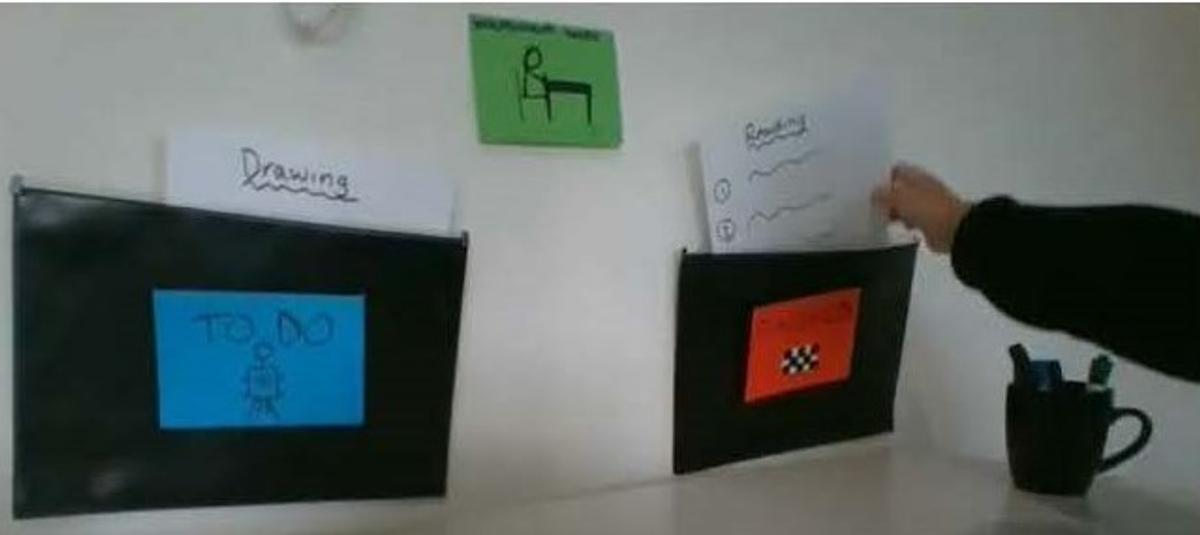Assistant Principal's news

Independent Learning At Home
Within the gradual release of responsibility model, teachers move from a situation where they assume total responsibility for performing a task (modelling), while students assume no responsibility, progressively towards a reversed situation where students assume total responsibility (independent use) for completion of tasks, and the teacher assumes none.
The gradual release of responsibility model includes five components:
- An explicit description of the strategy and when and how it should be used.
- Teacher and/or student modelling of the strategy in action.
- Collaborative use of the strategy in action.
- Guided practice using the strategy with gradual release of responsibility.
- Independent use of strategy. (Faye Bolton and Diane Snowball 6/2/09)
During Remote Learning, the explicit description of the strategy and its use and the modelling of the strategy in action is done through teacher videos, teacher examples and models, and worked examples uploaded for students to view and refer to as often as they need.
The collaborative use and guided practice using the strategy occurs through the online teacher small group sessions.
Independent use of the strategy involves students practising and applying the strategy by themselves. Below are some ways to assist your child to work independently at home, take risks in their learning and to ‘have-a-go’.
Define work and living areas
This is particularly important for younger children who need defined spaces to help them transition between learning time and family/leisure time (ie. Sitting in the ‘learning zone’ sets the expectation that it is time to focus for a period of time to complete some work).
Develop a learning schedule
This should be done with your child to set them up for the day. Negotiation about when and what tasks will be done and when breaks will occur helps your child to manage their day independently. Visuals with simple wording are great for younger learners.
Use ‘Work’ and ‘Finished’ pockets or folders. Once your child has developed their daily schedule, they can place all of the things they need in a ‘Work For Today’ pocket or folder (books, worksheets, card with activity name on it etc). As they complete each task, they can place any work or the task card in the ‘Finished’ pocket or folder.
Use a timer
We all know that working/learning from home relies on good time management. Having a timer to assist your child in knowing how long they are expected to focus on a task/when to have a break encourages them to remain focused for ‘chunks’ of time on tasks.
See 3 before me. This is a strategy used in the classroom. This encourages your child to try 3 different things (go back to instructional video/teacher examples, have another go, look around the house for words/ideas etc) before using parents or siblings as the default when unsure.
Develop ‘I’m stuck’ activities
Have a collection of colouring-in, word/number puzzles and games, handwriting practice etc. for your child so if they do become ‘stuck’ on something and they have tried the 3 before 3 strategy, they can independently go on with these tasks until you are free to support.
Remember, having your child complete some reading (books from home, book boxes, Sunshine Classics and Epic), writing (Writer’s Notebook, Personal Writing, shopping lists, letters and cards) and maths (maths games, Mathletics, cooking and measuring, teacher-set maths task) is the main focus.
Daily learning schedules should be developed to suit daily family routines and environments and not everything timetabled for each day needs to be finished. Relationships, love of learning and experiencing success in a few things is important when creating resilient, confident, independent learners.
Barbara McKenzie
Assistant Principal


